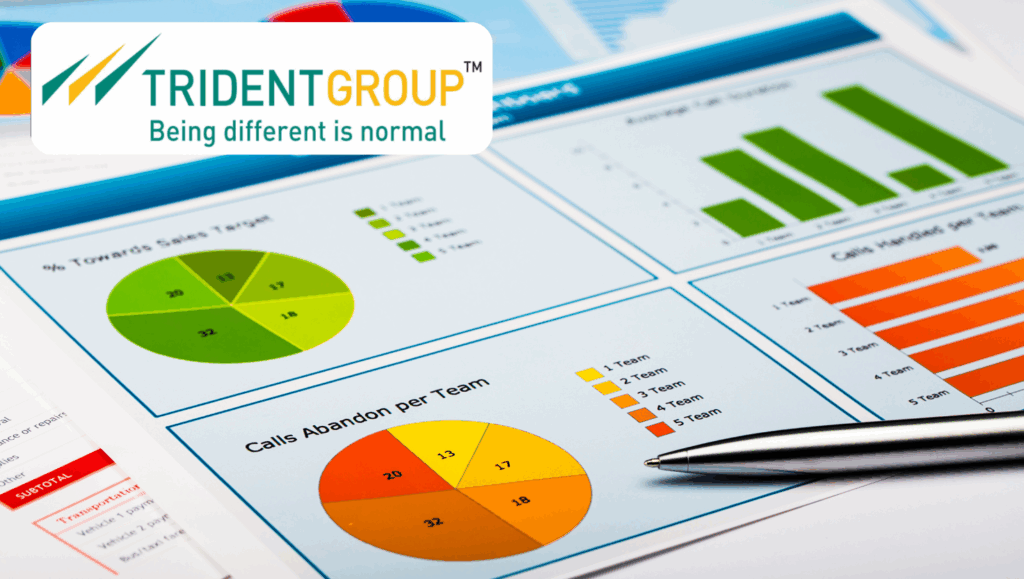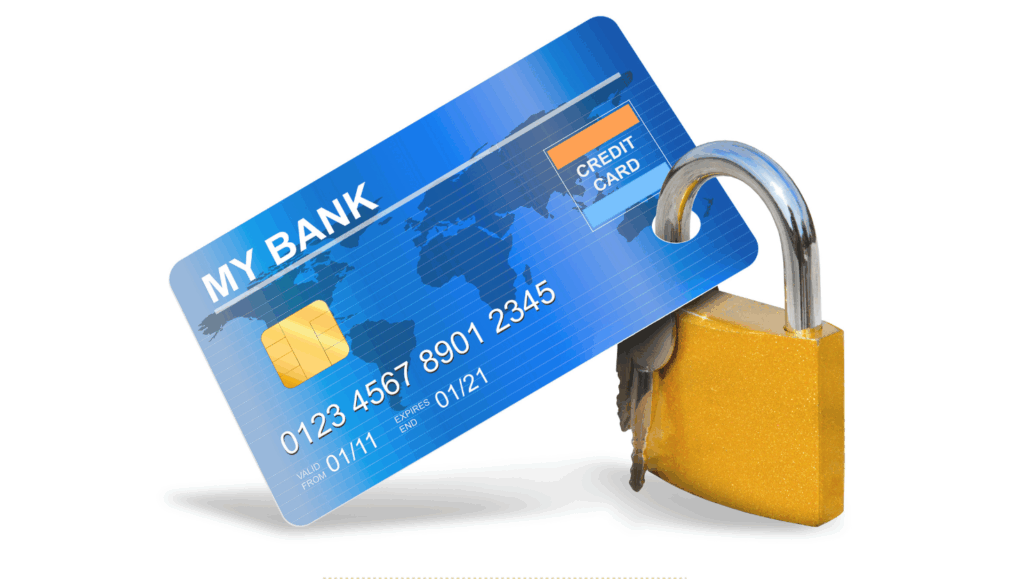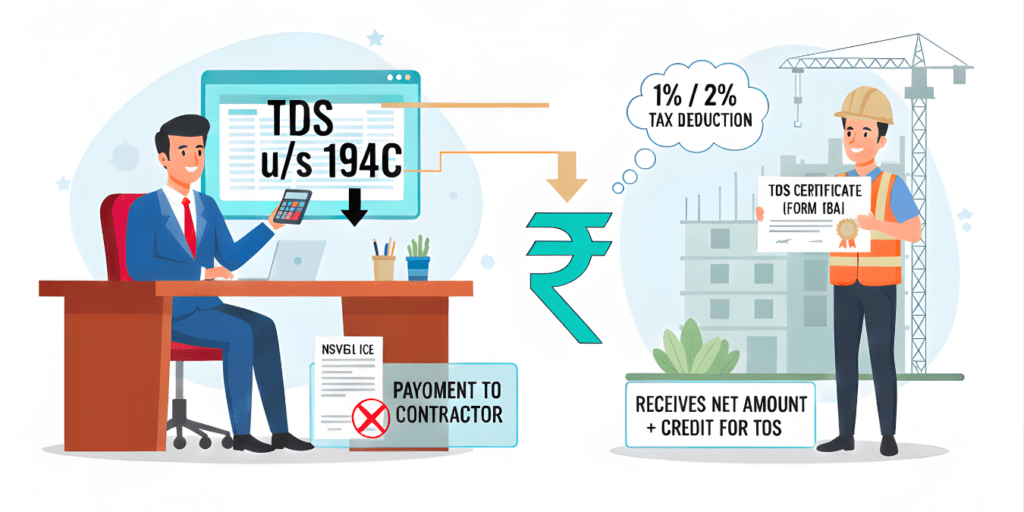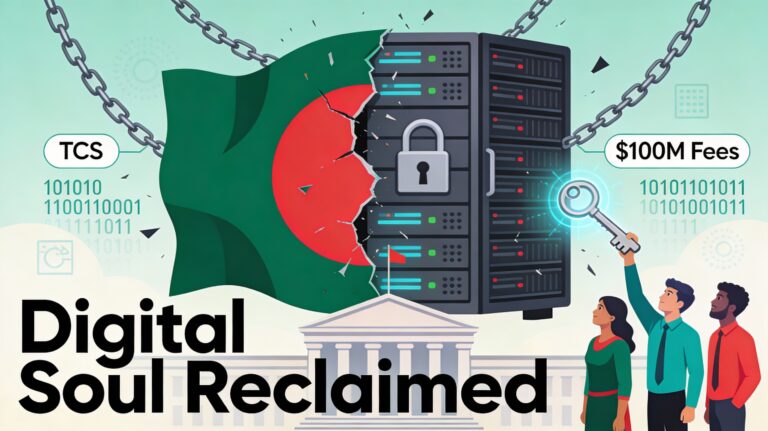
what to do if two people are issued the same PAN card number in India? Learn legal steps to resolve duplicate PAN issues, including Aadhaar linkage conflicts and demat/savings account complications, with the latest guidelines. Surrender duplicates and ensure compliance seamlessly.
The Permanent Account Number (PAN) is a critical identifier for financial and tax-related transactions, issued by the Income Tax Department under the Income Tax Act, 1961. It serves as a unique 10-digit alphanumeric code linking individuals or entities to their tax obligations, bank accounts, demat accounts, and other financial activities. However, in rare cases, due to technical glitches, errors, or fraudulent activities, two different individuals may be issued the same PAN number, leading to significant complications. This situation becomes even more complex when the second person links the PAN with their Aadhaar card, while the first person has already associated it with their demat account and savings account. This blog post explores the legal implications, steps to resolve such issues, and preventive measures, incorporating the latest guidelines, to provide a comprehensive guide for affected individuals.
Understanding the Issue of Duplicate PAN Cards
A PAN card is meant to be unique to each taxpayer, ensuring seamless tracking of financial transactions for tax purposes. Section 139A of the Income Tax Act, 1961, explicitly prohibits an individual from holding more than one PAN, and the same logic applies to a PAN number being assigned to multiple individuals—it’s an anomaly that violates regulatory norms. When two people are issued the same PAN number, it can lead to:
- Identity Confusion: The Income Tax Department and financial institutions may struggle to differentiate between the two individuals, causing errors in tax filings, refunds, or financial transactions.
- Aadhaar-PAN Linking Issues: If the second person links the PAN to their Aadhaar, it may override or conflict with the first person’s records, especially since Aadhaar-PAN linking is mandatory for most financial services as of June 30, 2023.
- Financial Complications: The first person’s demat and savings accounts, linked to the same PAN, may face restrictions or scrutiny, impacting investments, trading, or banking activities.
- Legal Risks: Holding or using a duplicate PAN, even unintentionally, can attract penalties under Section 272B of the Income Tax Act, with fines up to ₹10,000.
This issue may arise due to clerical errors during PAN issuance, multiple applications, or, in rare cases, fraudulent practices. The situation is further complicated when one person’s Aadhaar is linked to the PAN, as the Unique Identification Authority of India (UIDAI) and Income Tax Department systems may validate only the most recent linkage, potentially invalidating the first person’s records.
Legal Implications of Duplicate PAN Numbers
Having two individuals with the same PAN number is not only a technical error but also a legal issue. Here’s what the law says and the potential consequences:
- Violation of Income Tax Act: Under Section 139A, each taxpayer must have a unique PAN. A duplicate PAN, whether intentional or accidental, is considered a breach, and the Income Tax Department may impose penalties or initiate legal action if fraud is suspected.
- Impact on Financial Transactions: An inoperative PAN (e.g., if not linked to Aadhaar or flagged due to duplication) restricts transactions like filing Income Tax Returns (ITR), opening new bank or demat accounts, or processing mutual fund investments.
- Credit and Loan Issues: Banks and financial institutions may view duplicate PANs as potential fraud, negatively affecting credit profiles and loan approvals.
- Aadhaar-PAN Linkage Conflicts: The second person’s Aadhaar linkage may cause the first person’s PAN to become inoperative, leading to frozen demat accounts or restricted banking services.
Steps to Resolve the Issue of Duplicate PAN Numbers
If you discover that your PAN number is shared with another individual, prompt action is essential to avoid legal and financial repercussions. Below is a step-by-step guide to address this issue, tailored to the scenario where the second person has linked their Aadhaar to the PAN, and the first person has linked it to demat and savings accounts.
Step 1: Verify the PAN Details
- Check PAN Status: Visit the Income Tax e-Filing portal (https://www.incometax.gov.in) and navigate to the “Verify Your PAN” section under “Quick Links.” Enter your PAN number, full name, and date of birth to confirm its status.
- Cross-Check with NSDL/UTIITSL: Contact the National Securities Depository Limited (NSDL) or UTI Infrastructure Technology and Services Limited (UTIITSL) to verify if multiple records exist for the same PAN number. You can do this via their websites (https://www.onlineservices.nsdl.com or https://www.utiitsl.com) or by visiting a PAN service center.
- Review Aadhaar Linkage: Check the Aadhaar-PAN linkage status on the Income Tax portal under “Link Aadhaar Status.” If the second person’s Aadhaar is linked, it may show as operative, while the first person’s linkage may be disrupted.
Step 2: Report the Issue to the Income Tax Department
- Write to the Assessing Officer (AO): Draft a letter to the AO in your jurisdiction (find details on the Income Tax e-Filing portal under “Know Your AO”). Include:
- Your full name, date of birth, and contact details.
- The PAN number in question.
- Details of the demat and savings accounts linked to your PAN.
- Evidence of the duplicate issuance (e.g., PAN card copies, Aadhaar linkage conflicts).
- A request to cancel the duplicate PAN record and retain your PAN as active.
- Keep a copy of the acknowledgment for future reference.
- Submit Online Complaint: Use the Income Tax Department’s grievance portal (https://www.incometax.gov.in/iec/foportal/) to report the issue, attaching supporting documents like PAN card copies, Aadhaar details, and bank/demat account statements.
Step 3: Surrender the Duplicate PAN
If the Income Tax Department confirms the duplication, one of the PAN records must be surrendered. Since the first person has pre-existing financial linkages (Demat and savings accounts), their PAN is likely to be retained as active. The second person, whose Aadhaar is linked, may need to apply for a new PAN. Here’s how to proceed:
- Online Surrender Process:
- Visit the NSDL website (https://www.onlineservices.nsdl.com/paam/endUserRegisterContact.html).
- Select “Changes or Correction in existing PAN Data/Reprint of PAN Card.”
- Fill out Form 49A, and in item 11, mention the duplicate PAN number to be surrendered.
- Upload required documents (PAN card copy, Aadhaar, and identity proof).
- Pay the applicable fee (₹105 for Indian addresses, ₹1,011 for foreign addresses).
- Submit the form and note the acknowledgment number for tracking.
- Offline Surrender Process:
- Fill out Form 49A for “Change/Correction in PAN.”
- Mention the duplicate PAN number to be canceled in item 11.
- Submit the form with copies of the PAN card and identity proof to the nearest NSDL/UTIITSL PAN center.
- Retain the acknowledgment receipt.
Step 4: Update Aadhaar-PAN Linkage
- For the First Person: If the second person’s Aadhaar linkage has made your PAN inoperative, re-link your Aadhaar to your PAN:
- Visit the Income Tax e-Filing portal and select “Link Aadhaar.”
- Enter your PAN, Aadhaar number, and name as per Aadhaar.
- Verify via OTP sent to your Aadhaar-registered mobile number.
- If a penalty (₹1,000 as of 2023) is applicable for delayed linkage, pay it via net banking or other methods.
- For the Second Person: After surrendering the duplicate PAN, apply for a new PAN via NSDL/UTIITSL and link it to your Aadhaar to ensure compliance.
Step 5: Update Financial Institutions
- Notify Banks and Depository Participants (DPs): Inform your bank and demat account provider (e.g., NSDL/CDSL through your broker) about the issue and the steps taken to resolve it. Provide:
- The acknowledgment from the Income Tax Department.
- Updated PAN details (if a new PAN is issued).
- Aadhaar-PAN linkage confirmation.
- Ensure KYC Compliance: Complete KYC updates for all accounts to avoid restrictions.
Step 6: Monitor and Follow Up
- Track the status of your PAN surrender or correction request on the NSDL/UTIITSL website using the acknowledgment number.
- Regularly check the Income Tax portal for updates on your PAN and Aadhaar linkage status.
- If issues persist, escalate the matter to the Income Tax Ombudsman or UIDAI grievance cell (https://uidai.gov.in/en/contact-support/grievance-redressal.html).
Preventive Measures to Avoid Duplicate PAN Issues
To prevent such complications in the future:
- Avoid Multiple Applications: Do not apply for a new PAN if you haven’t received one; instead, check the status online via NSDL/UTIITSL.
- Update Details Correctly: If your PAN details (name, address, etc.) need updating, use the “Change/Correction” option instead of applying for a new PAN.
- Link Aadhaar Promptly: Ensure your PAN is linked to your Aadhaar to maintain its operative status and avoid conflicts.
- Secure Your Documents: Do not share PAN or Aadhaar details on public platforms to prevent misuse.
- Regularly Verify PAN Status: Periodically check your PAN details on the Income Tax portal to detect discrepancies early.
Latest Data and Regulatory Updates
Aadhaar-PAN Linkage Deadline: The deadline to link PAN with Aadhaar was June 30, 2023. Non-compliance results in an inoperative PAN, restricting financial transactions.
- Penalty for Duplicate PAN: Holding multiple PANs, even unintentionally, can lead to a ₹10,000 fine under Section 272B.
- Demat Account Regulations: SEBI mandates that all demat accounts be linked to a single, operative PAN to track investments. Multiple demat accounts are allowed, but not with the same broker or duplicate PANs.
- UIDAI Guidelines: UIDAI emphasizes that Aadhaar is a unique identifier, and its linkage with PAN is designed to prevent fraud. However, cases of duplicate Aadhaar issuance have been reported, highlighting the need for robust de-duplication processes.
Final Thought
Discovering that two individuals have been issued the same PAN number is a serious issue that requires immediate action to avoid legal and financial complications. By verifying PAN details, reporting the issue to the Income Tax Department, surrendering the duplicate PAN, and updating Aadhaar and financial linkages, both parties can resolve the conflict. The first person, with pre-existing demat and savings accounts, is likely to retain the PAN, while the second person may need a new PAN. Preventive measures, such as timely Aadhaar-PAN linkage and careful application processes, can mitigate such risks. For further assistance, contact the Income Tax Department, NSDL/UTIITSL, or your financial institution promptly. Staying compliant with India’s tax and identity regulations ensures seamless financial operations and peace of mind.













































